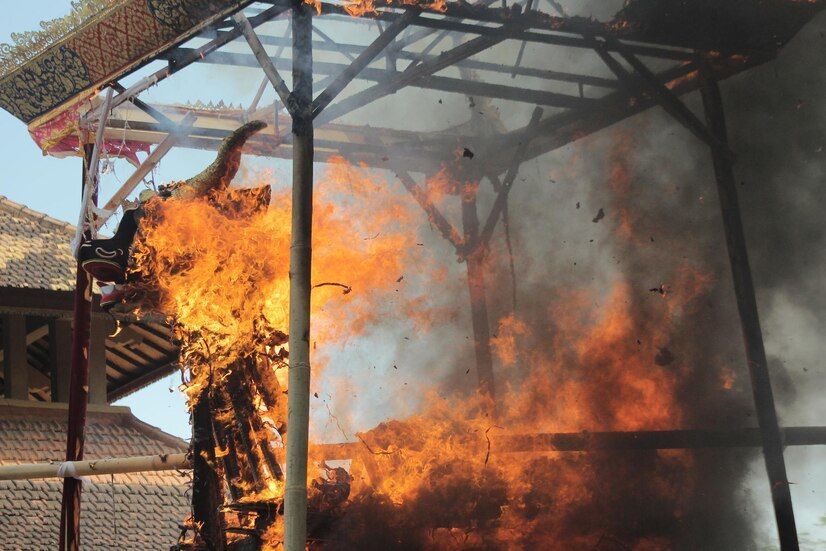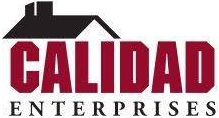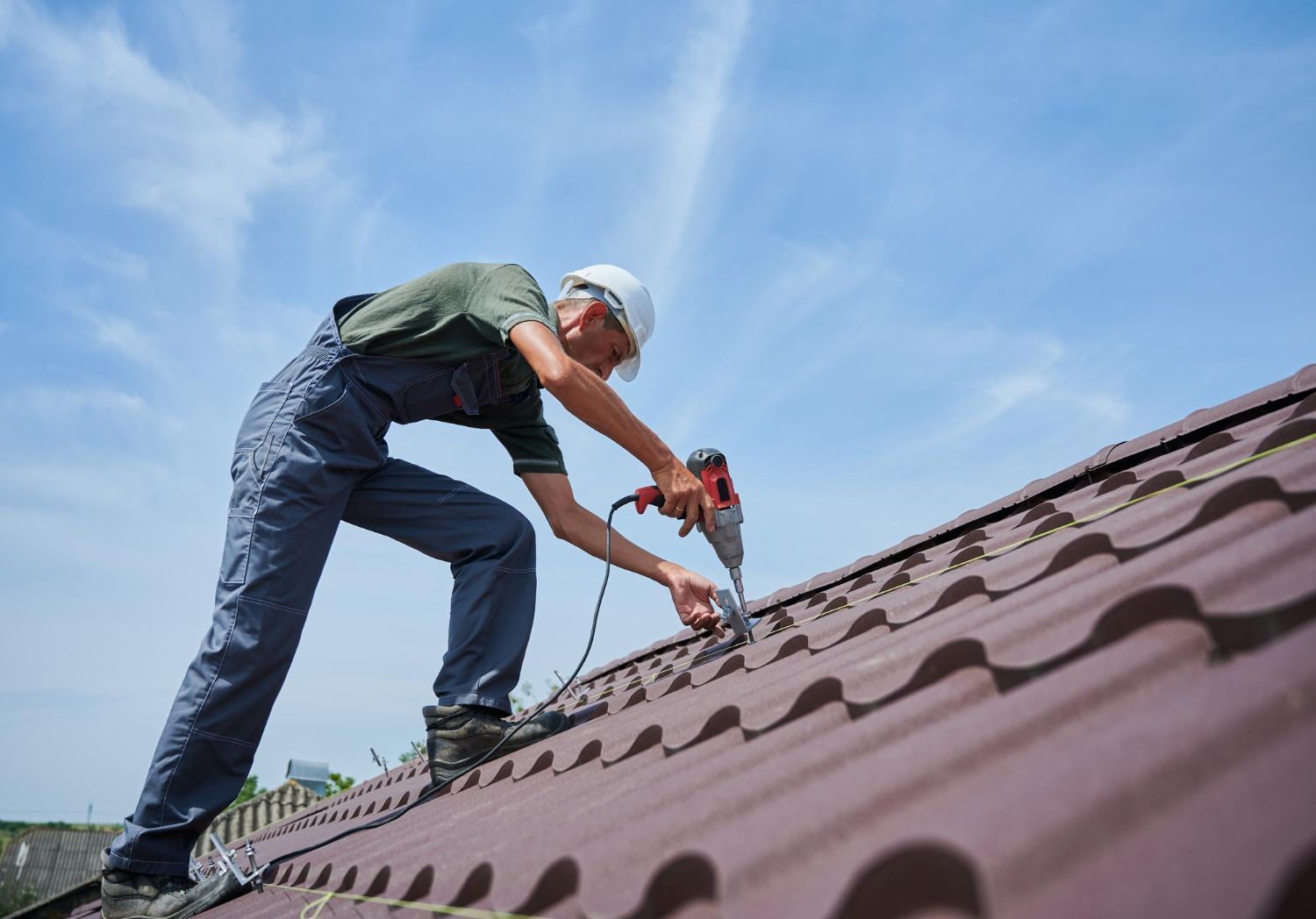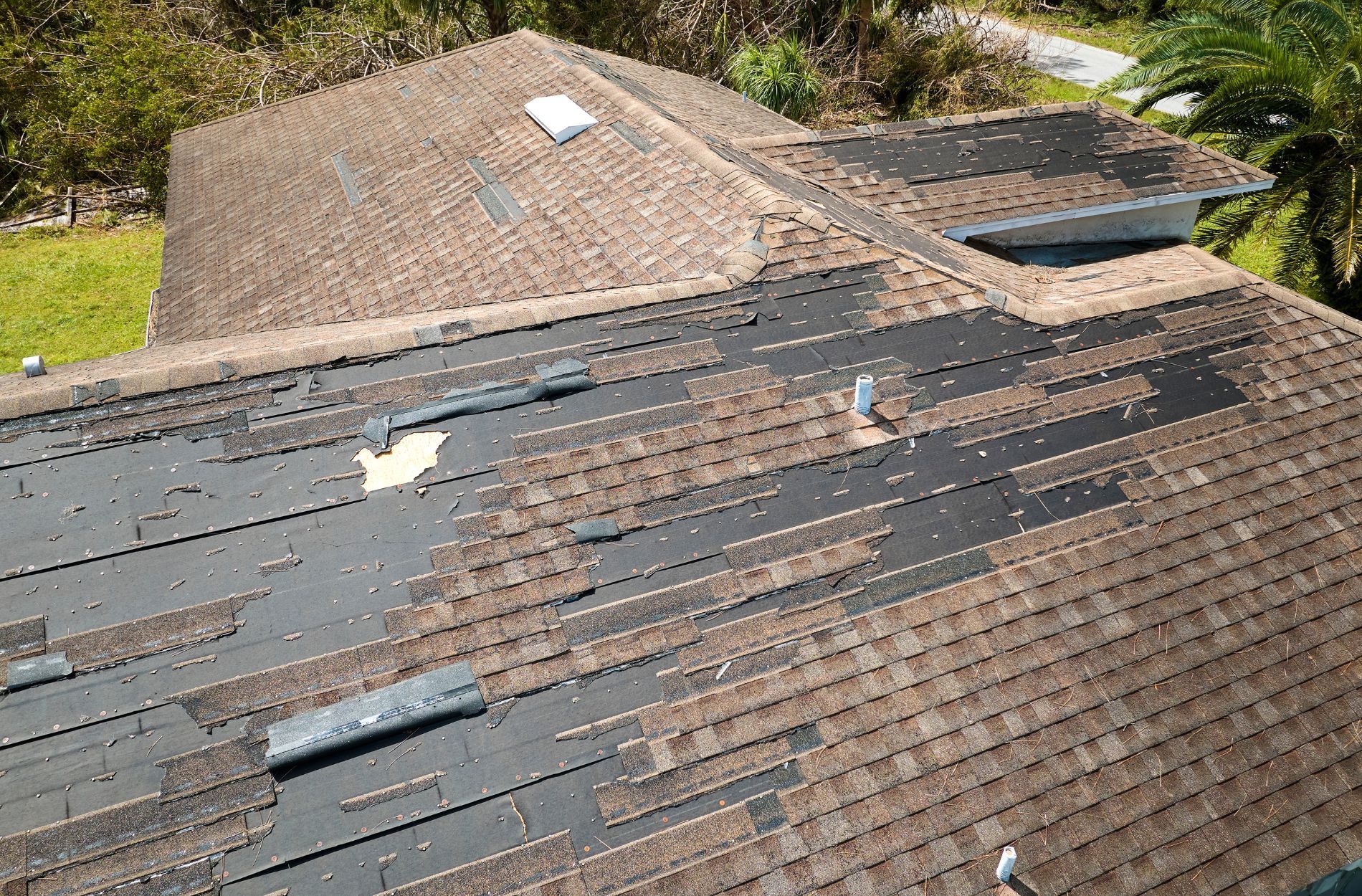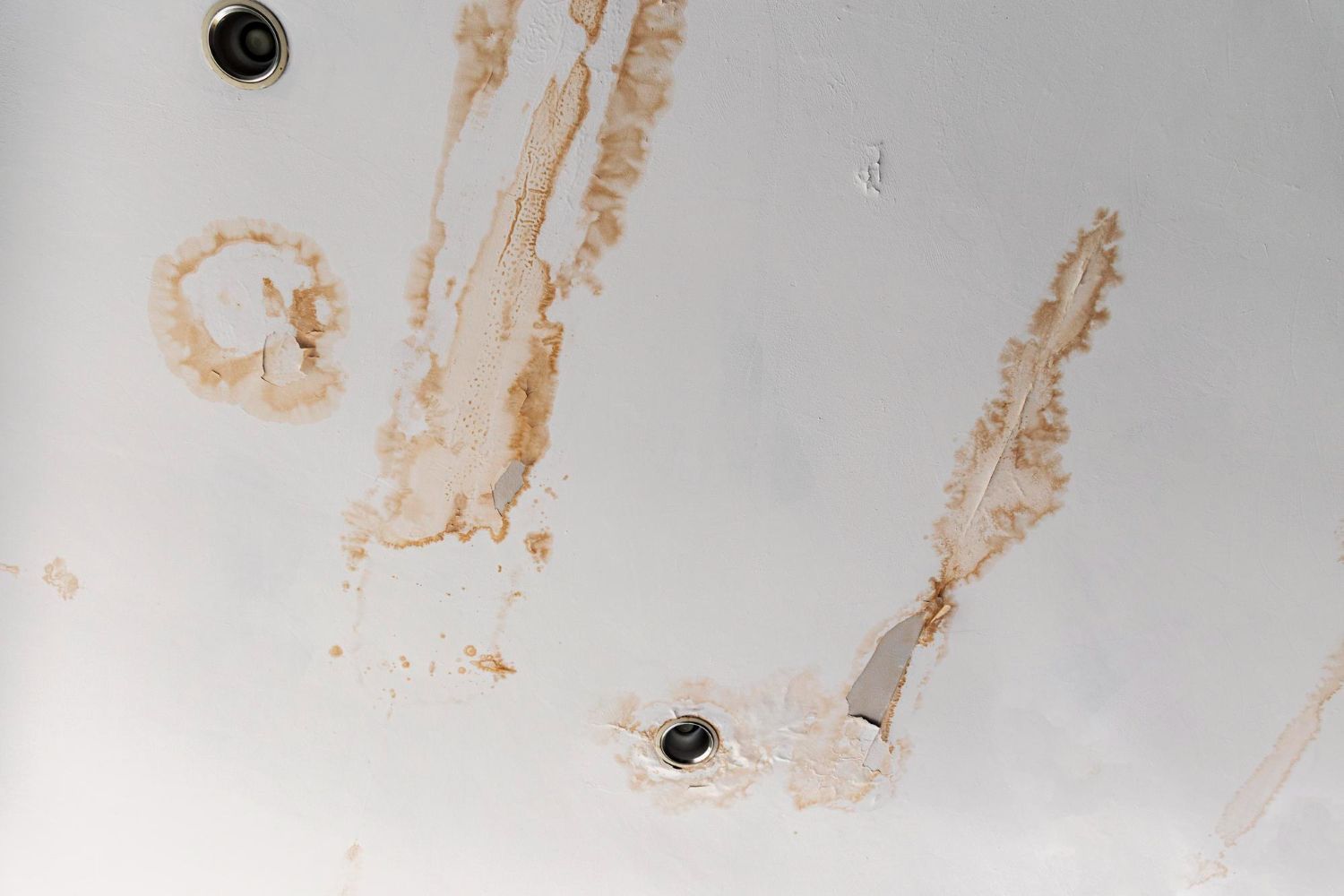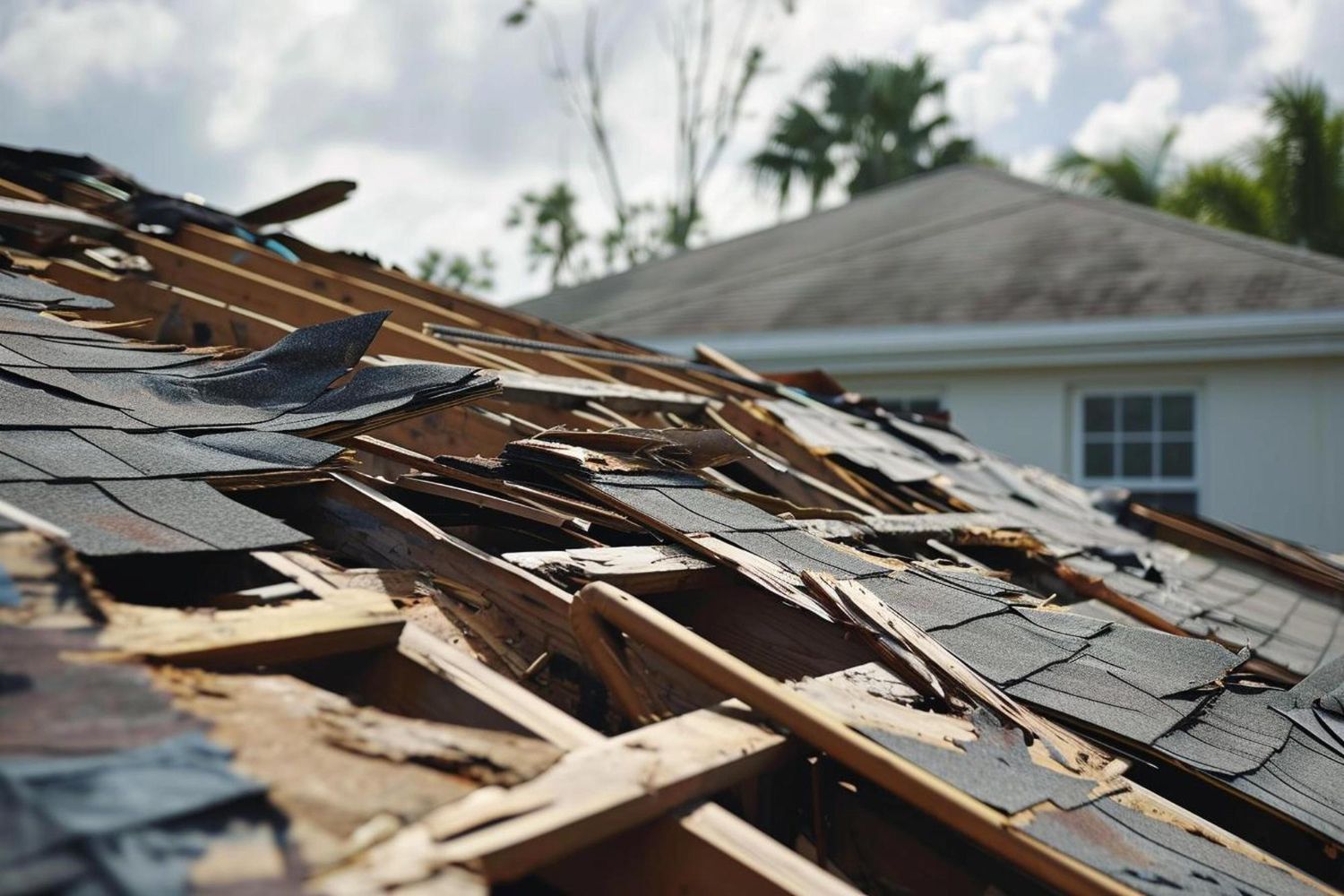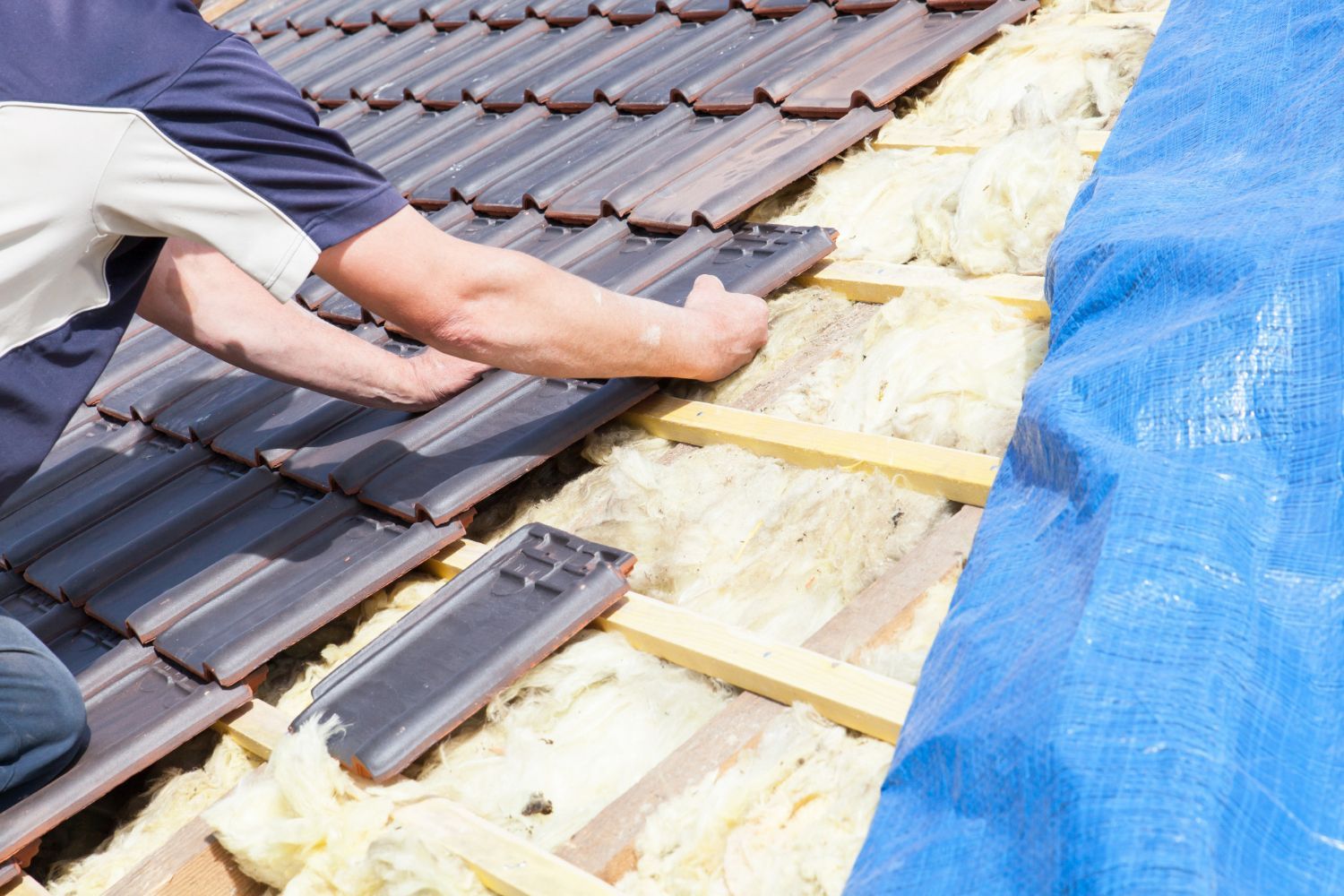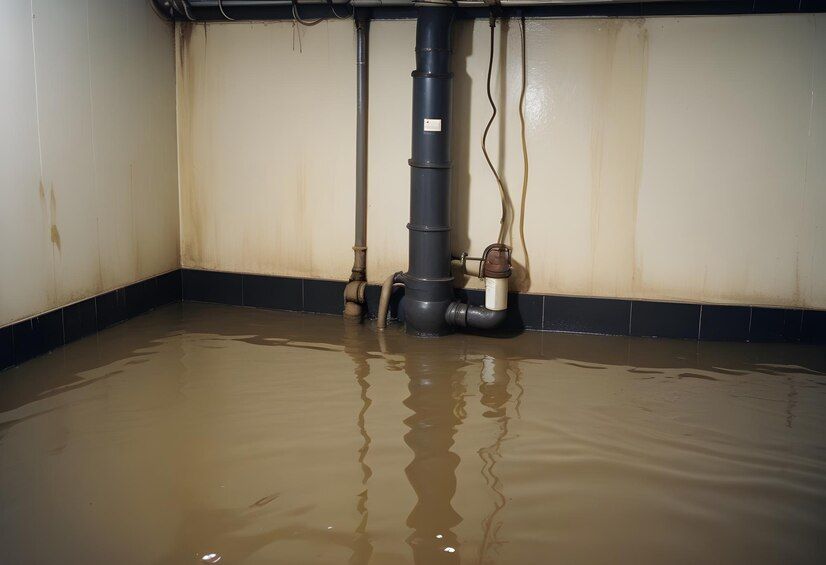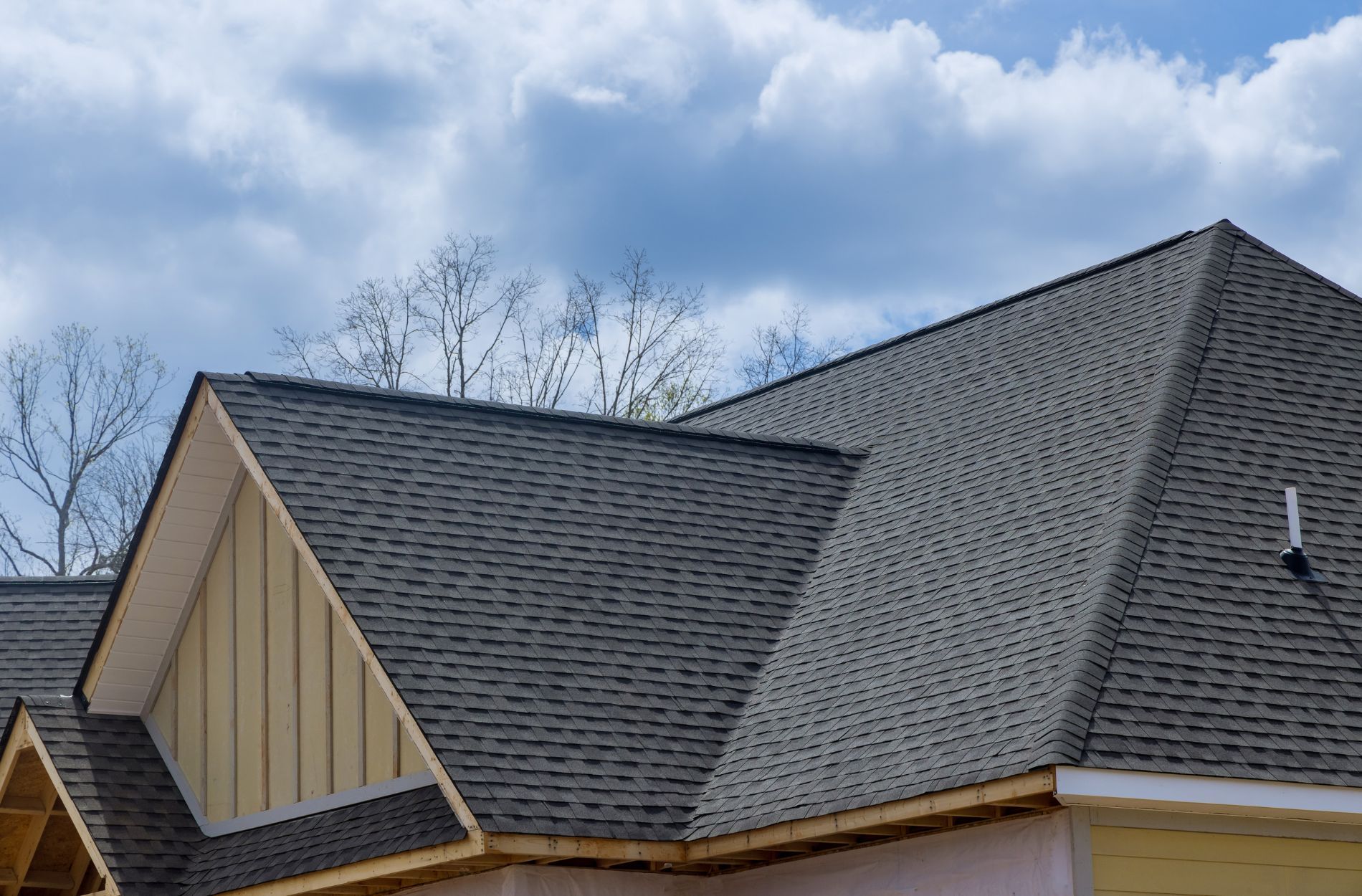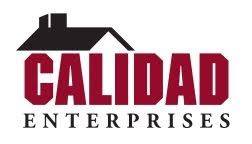Understanding the Crucial Role of Proper Ventilation in Roofing Systems
A comprehensive roofing system involves more than just the shingles, underlayment, and other visible components. One critical yet often overlooked element of a well-functioning roof is proper ventilation. Good roof ventilation is essential for maintaining your property's health, energy efficiency, and overall lifespan. In this blog post, we will delve into the importance of proper roof ventilation, its benefits, various types of ventilation systems, and how you can ensure your property has an optimal system in place.
Proper roof ventilation allows for a continuous flow of fresh air through the attic or roof space, enabling the exhaust of warm, humid air and preventing the buildup of excess heat or moisture. An inadequately ventilated roof may result in several issues, including mold and mildew growth, structural damage, decreased energy efficiency, and a shortened lifespan for roofing materials.
Proper roof ventilation is paramount for your commercial or residential property. It prevents ice dam formation during winter months, reduces cooling costs during summer months, and minimizes moisture-related damage to the property's structure and interior. Furthermore, a well-ventilated roof can play a significant role in safeguarding your property's value and prolonging the lifespan of its vital components.
By investing in a suitable and efficient roof ventilation system, you can reap numerous long-term benefits for your property, ultimately saving time and money and potentially reducing potential issues down the road.
Common Issues Caused by Poor Roof Ventilation
Inadequate roof ventilation can lead to various problems that affect not only the roof itself but also the overall health, comfort, and energy efficiency of your property. Some of the common issues associated with poor ventilation include:
1. Mold and mildew growth: Insufficient ventilation can result in trapped moisture in your attic or roof space, fostering the growth of mold and mildew, which pose health risks and negatively impact indoor air quality.
2. Structural damage:
Excess moisture in the attic or roof space can lead to the deterioration of wooden elements, including rafters and supports, damaging the structural integrity of your property.
3. Ice dams:
In colder climates, poor roof ventilation can contribute to the formation of ice dams. Warm air from the property rises to the roof, melting the snow, which then refreezes at the eaves, causing damage to the roof and gutters.
4. Decreased energy efficiency:
An inadequately ventilated roof can lead to higher indoor temperatures during summer months, increasing the energy required to cool your property, as well as compromising the effectiveness of insulation during winter months.
Benefits of Proper Roof Ventilation
Implementing an efficient roof ventilation system offers numerous long-term benefits for your commercial or residential property, including:
1. Temperature regulation:
A well-ventilated roof helps maintain a consistent and comfortable temperature inside your property by releasing excess heat and moisture, improving energy efficiency, and reducing the need for additional cooling or heating systems.
2. Prolonged roof lifespan: Proper ventilation can extend the life of your roof by ensuring that roofing materials are preserved and protected from the adverse effects of trapped heat and moisture.
3. Health and comfort:
Efficient roof ventilation can help maintain good indoor air quality by reducing the risk of mold, mildew, and wood rot, ensuring a healthier and more comfortable living or working environment.
4. Financial savings: Investing in a proper roof ventilation system can lead to long-term monetary savings as it reduces the energy required to regulate indoor temperatures and minimizes the need for expensive repairs or replacements related to moisture damage or ice dam issues.
Different Types of Roof Ventilation Systems
Various roof ventilation systems can be employed to ensure optimal performance, depending on your property's needs, design, and location. Some common types of roof ventilation systems include:
1. Ridge vents: These vents are installed at the peak of your roof's ridgeline, allowing warm air to escape while preventing moisture from entering. Ridge vents are often combined with soffit vents for optimal performance.
2. Soffit vents:
Located under the eaves of your roof, soffit vents serve as intake vents, allowing fresh air to enter your attic or roof space and promoting proper airflow.
3. Gable vents:
Installed in the vertical gable ends of your attic space, gable vents are intended to facilitate air circulation by allowing warm air to exit and cooler air to enter.
4. Turbine vents: These wind-driven vents are mounted on your roof and spin as the wind blows, actively expelling warm air and moisture from your attic or roof space.
Ensuring Your Property Has Optimal Roof Ventilation
To optimize your property's roof ventilation, it is essential to consult with an experienced roofing, remodeling, and restoration company. A professional can evaluate your property's unique needs and recommend the appropriate ventilation system based on factors such as the size and shape of your roof, local climate, and building codes. Additionally, they can identify any existing issues caused by inadequate roof ventilation and offer guidance on necessary repairs or improvements.
It's crucial to remember that proper roof ventilation requires a delicate balance between intake and exhaust vents to ensure adequate airflow. Over- or under-ventilating your attic or roof space can be counterproductive, leading to increased energy consumption and other issues.
Invest in Proper Roof Ventilation for Long-Term Property Benefits
Proper roof ventilation is a critical component of a well-functioning and energy-efficient commercial or residential property. By understanding and addressing its importance, you can enhance your property's health, comfort, and overall lifespan while realizing long-term financial savings.
Don't leave your property's ventilation performance to chance. Contact Calidad Enterprises, a trusted, professional
roofing company in Lewisville, to assess your needs and optimize your roofing system for a healthier, more efficient, and longer-lasting property investment.
